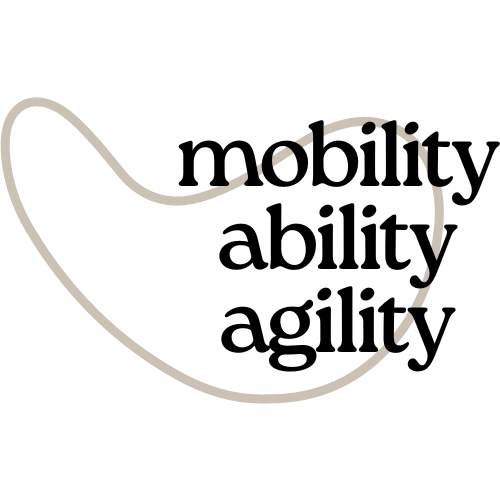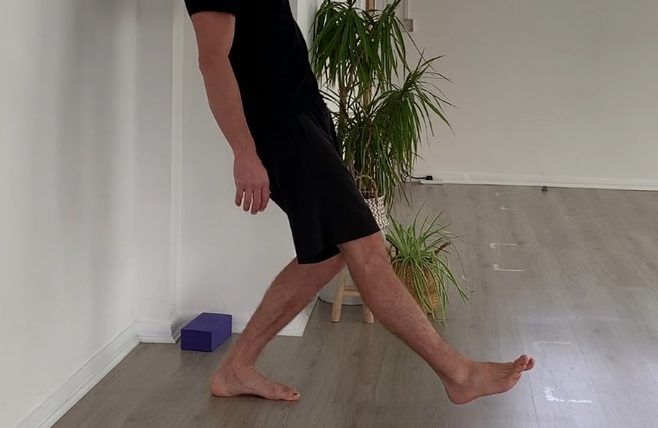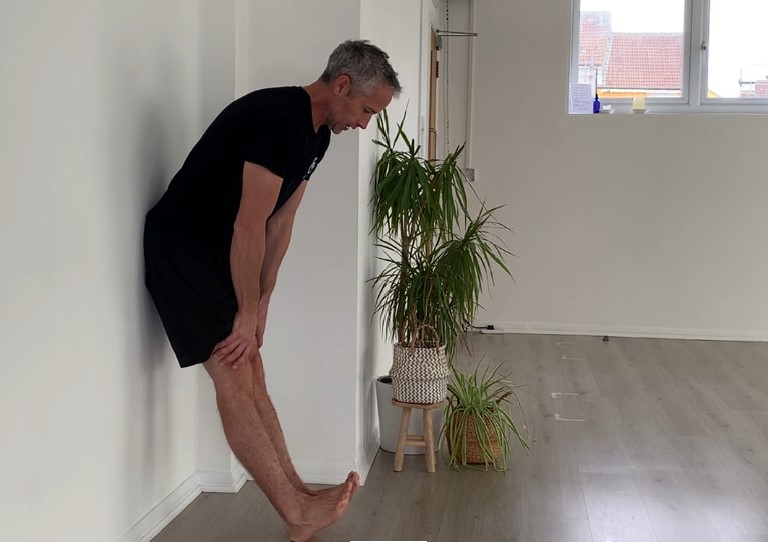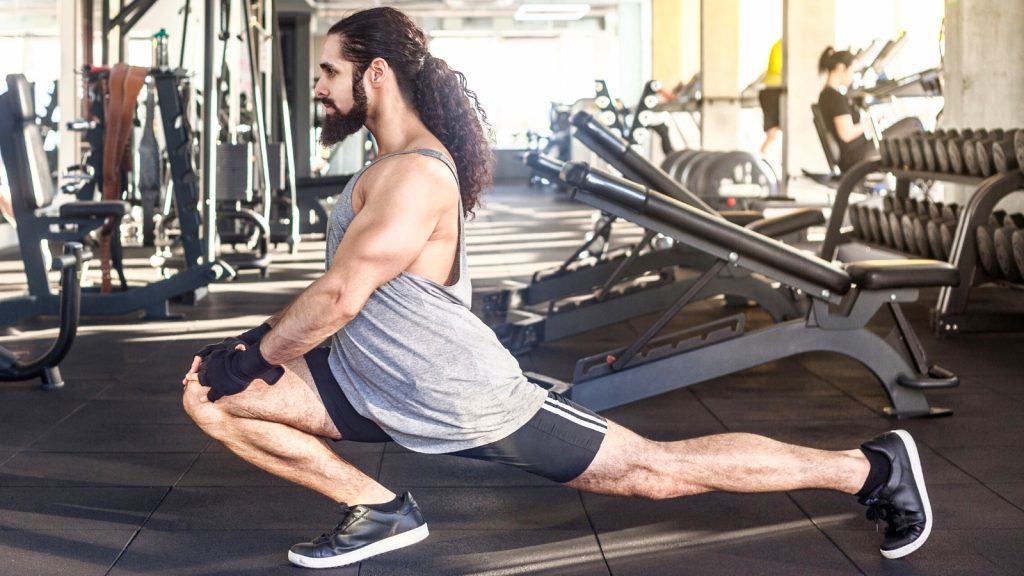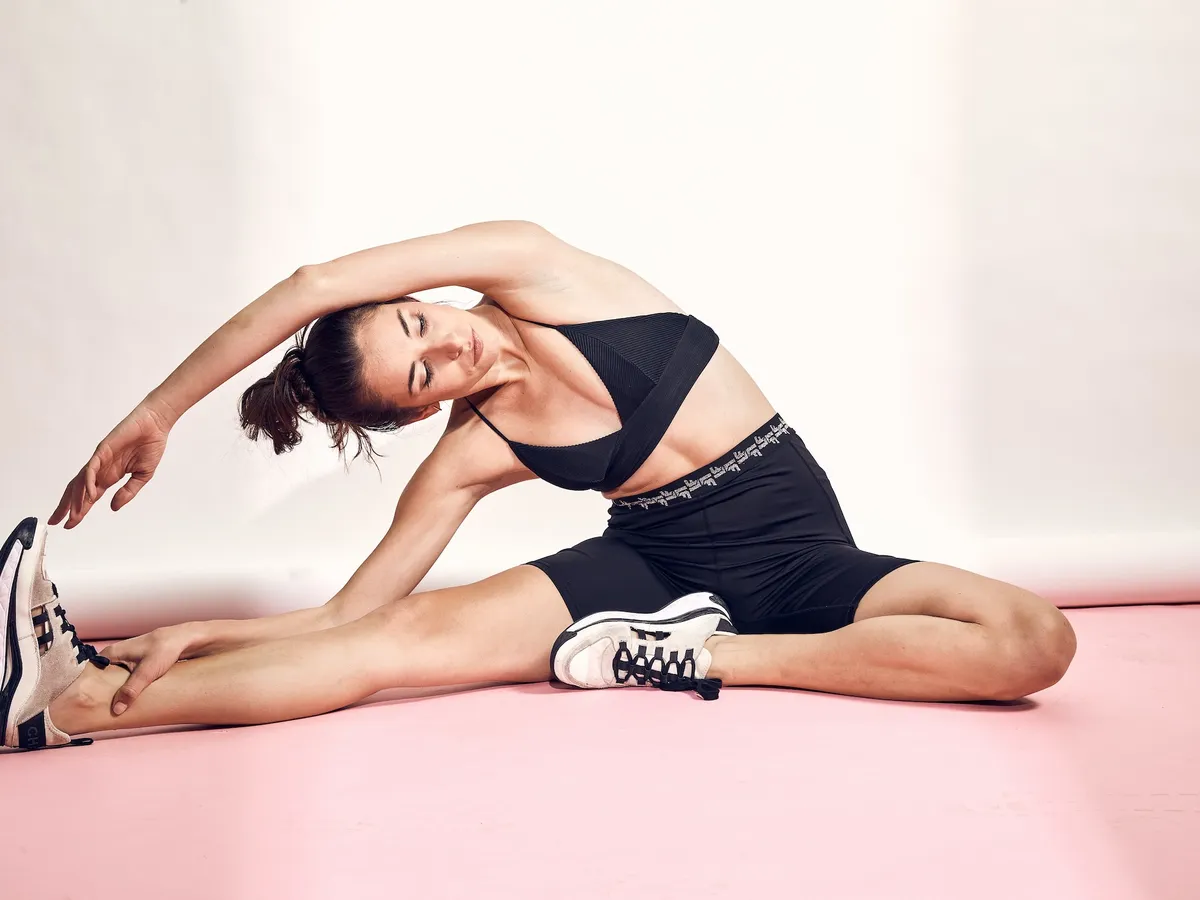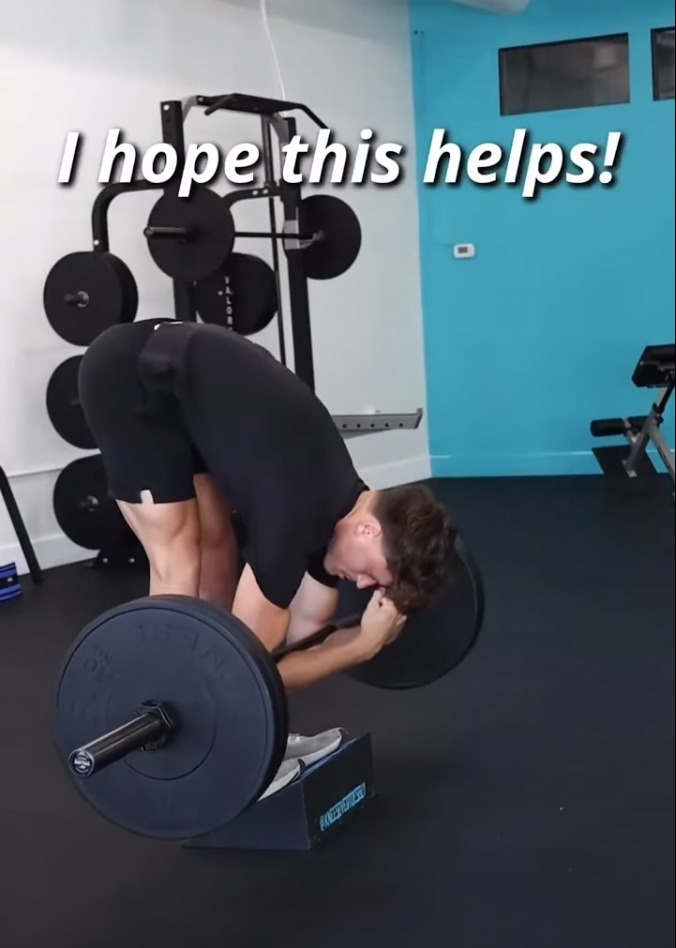
Split Squat Pulse: Lower Body Mobility and Strengthen Your Legs
The ATG Split Squat Pulse is a highly effective workout for increasing lower body mobility and strengthening the legs. This dynamic exercise improves balance and stability while working the quadriceps, hamstrings, glutes, and core muscles. This article will go through the advantages, correct form, and different variants of the ATG Split Squat Pulse, giving you the tools you need to advance your mobility training and develop stronger, pain-free legs.
Understanding the ATG Split Squat Pulse
The split squat exercise is modified in the ATG Split Squat Pulse by including a pulsating movement at the bottom position. The term “Ass to Grass,” abbreviated as “ATG,” refers to the full range of motion attained by bringing the back knee nearly to the ground. For this exercise to be properly performed, your lower body muscles must have stability, control, and flexibility.
Benefits of the ATG Split Squat Pulse
- Strengthening of the Legs: The quadriceps, hamstrings, and glutes are among the key muscles targeted by the ATG Split Squat Pulse. You can strengthen and increase the power in your legs by completing this exercise frequently.
- Improved Mobility: The ATG Split Squat Pulse’s extensive range of motion contributes to increased flexibility and mobility in the lower body. Increased hip and ankle mobility, which is essential for engaging in daily activities and sports, can result from it.
- Core Engagement: The ATG Split Squat Pulse requires core engagement to maintain stability and balance. Your core muscles can become stronger as a result of this workout, improving your posture and overall stability.
- Enhanced Balance and Stability: The ATG Split Squat Pulse challenges your balance and stability while also enhancing proprioception and coordination. In particular for elderly persons, this may help lower the risk of falls and injury.
- Functional Movement: The ATG Split Squat Pulse is a functional exercise that enhances performance in daily tasks since it imitates actions like walking, running, and climbing stairs.
Proper Technique for the ATG Split Squat Pulse
- Starting Position: Standing with your feet shoulder-width apart is the proper starting position. Make sure your knee is directly over your ankle as you advance with one foot.
- Execution:
- a. Lower your back knee towards the floor while keeping your body erect and your abs tight.
- b. Try not to touch the ground with the rear knee as you bring it as low as you can.
- c. After lowering yourself to the floor, move your body in a tiny pulsing motion by slowly rising and lowering it.
- d. Concentrate on pushing yourself back up to the starting position with the front leg.
- a. Complete the desired number of repetitions on the same leg before transferring to the other leg.
- f. Complete 10–12 repetitions on each leg, progressively stepping up the difficulty as you go.
Variations and Progressions
- Weighted ATG Split Squat Pulse: dumbbells or kettlebells in each hand during the weighted ATG Split Squat Pulse exercise to add resistance and make the exercise more difficult.
- Plyometric ATG Split Squat Pulse: Include a hop as you push back up from the split squat posture to increase the exercise’s explosive power. Make sure you land properly to lessen impact on the joints.
- Rear Foot Elevated ATG Split Squat Pulse: the back foot on an elevated surface, such as a step or bench, to extend the range of motion and enhance the ATG Split Squat Pulse workout.
Safety Considerations
- Keep your front knee in line with your ankle and make sure it doesn’t extend past your toes during the workout.
- As your flexibility increases, start with a comfortable range of motion and progressively extend it.
- Before introducing the ATG Split Squat Pulse into your routine, speak with a medical expert if you have any pre-existing knee pain or issues.
The ATG Split Squat Pulse is a versatile mobility exercise that targets multiple lower body muscles while enhancing balance and stability. By incorporating this exercise into your mobility training routine, you can strengthen your legs, improve flexibility, and enhance overall functional movement. Start implementing the ATG Split Squat Pulse today and experience the transformative benefits it can bring to your lower body strength and mobility.
For more visit


